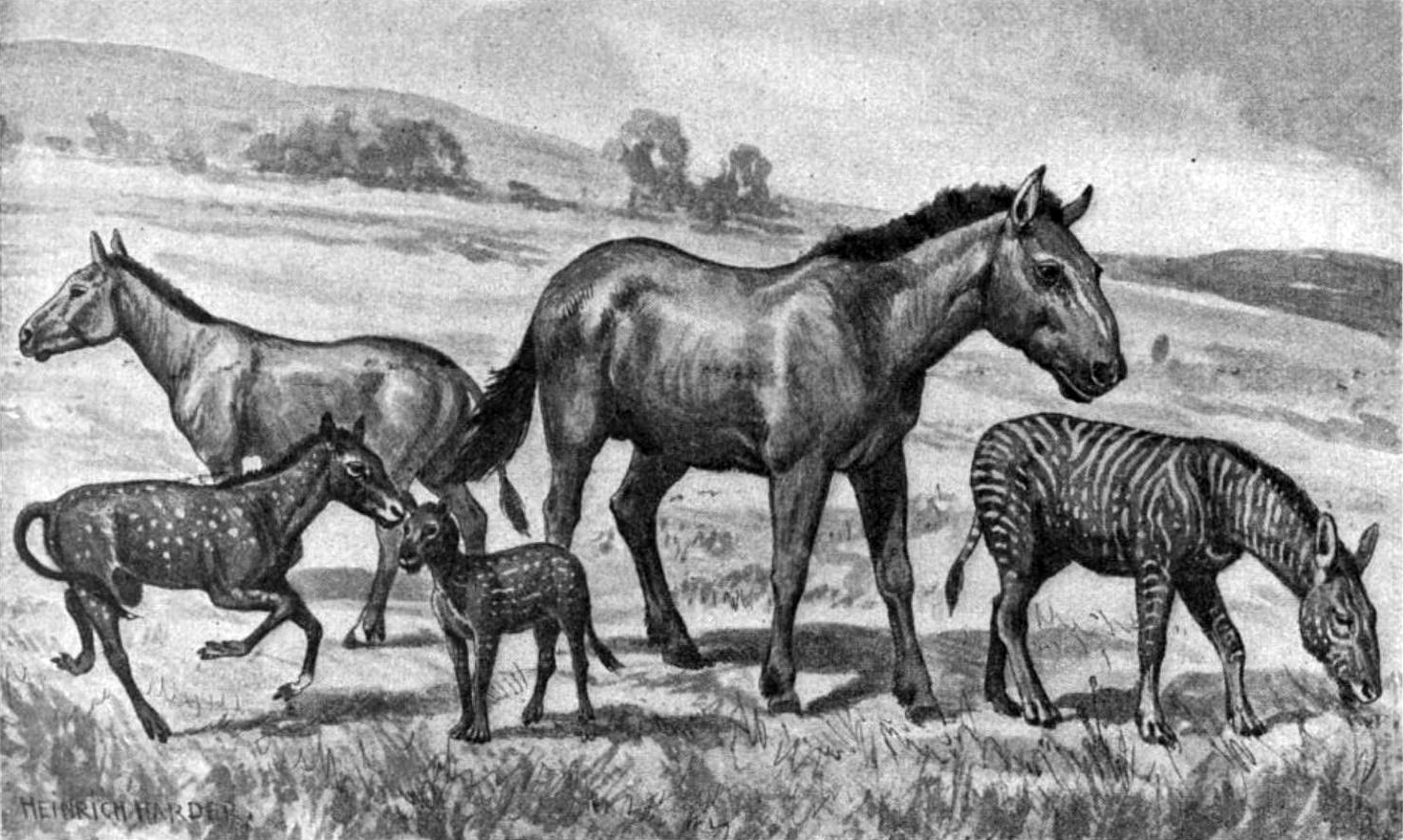|
Equidae
Equidae (commonly known as the horse family) is the Taxonomy (biology), taxonomic Family (biology), family of Wild horse, horses and related animals, including Asinus, asses, zebra, zebras, and many extinct species known only from fossils. The family evolved more than 50 million years ago, in the Eocene epoch, from a small, multi-toed ungulate into larger, single-toed animals. All Extant taxon, extant species are in the genus ''Equus (genus), Equus'', which originated in North America. Equidae belongs to the order Perissodactyla, which includes the extant tapirs and rhinoceros, and several extinct families. It is more specifically grouped within the superfamily (taxonomy), superfamily Equoidea, the only other family being the extinct Palaeotheriidae. The term equid refers to any member of this family, including any equinae, equine. Evolution The oldest known fossils assigned to Equidae were found in North America, and date from the early Eocene epoch, 54 million years ago. Th ... [...More Info...] [...Related Items...] OR: [Wikipedia] [Google] [Baidu] [Amazon] |
Early Eocene
In the geologic timescale the Ypresian is the oldest age (geology), age or lowest stage (stratigraphy), stratigraphic stage of the Eocene. It spans the time between , is preceded by the Thanetian Age (part of the Paleocene) and is followed by the Eocene Lutetian Age. The Ypresian is consistent with the Lower Eocene (Early Eocene). Events The Ypresian Age begins during the throes of the Paleocene–Eocene Thermal Maximum (PETM). The Fur Formation in Denmark, the Messel shales in Germany, the Oise amber of France and Cambay amber of India are of this age. The Eocene Okanagan Highlands are an uplands subtropical to temperate series of lakes from the Ypresian. The Ypresian is additionally marked by another warming event called the Early Eocene Climatic Optimum (EECO). The EECO is the longest sustained warming event in the Cenozoic record, lasting about 2–3 million years between 53 and 50 Ma. The interval is characterized by low oxygen-18 isotopes, high levels of atmospheric pCO2 ... [...More Info...] [...Related Items...] OR: [Wikipedia] [Google] [Baidu] [Amazon] |
